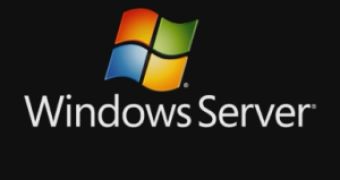Looking for a solution to ensure that components of an IT environment are functioning under normal parameters? Microsoft might just have the right tool for such a task. With the Microsoft IT Environment Health Scanner, administrators can get an insight into issues affecting a network environment. According to the Redmond company, the tool is designed to perform an evaluation of a company's network infrastructure and Active Directory and produce a health report. In this regard, admins will be able to identify problems across the environment and resolve them. The Microsoft IT Environment Health Scanner comes with support for Windows Server 2003 Service Pack 2; Windows Server 2008; Windows Vista Service Pack 1; Windows XP Service Pack 2.
“The Microsoft IT Environment Health Scanner is a diagnostic tool that is designed for administrators of small or medium-sized networks (recommended up to 20 servers and up to 500 client computers) who want to assess the overall health of their network infrastructure. The tool identifies common problems that can prevent your network environment from functioning properly as well as problems that can interfere with infrastructure upgrades, deployments, and migration,” revealed Clint Schroeder, Microsoft premier field engineer.
The Microsoft IT Environment Health Scanner is capable of rapidly scanning an entire environment and performing a large volume of individual checks. Following the scan, admins will receive a health report. Problems will be highlighted, but the scanner does not stop at emphasizing the presence of an issue. It will also evaluate the severity of any problem and will provide the necessary guidance for administrators to resolve any glitches.
“When run from a computer with the proper network access, the tool takes a few minutes to scan your IT environment, perform more than 100 separate checks, and collect and analyze information about the following: Configuration of sites and subnets in Active Directory; Replication of Active Directory, the file system, and SYSVOL shared folders; Name resolution by the Domain Name System (DNS); Configuration of the network adapters of all domain controllers, DNS servers, and e-mail servers running Microsoft Exchange Server; Health of the domain controllers; and Configuration of the Network Time Protocol (NTP) for all domain controllers,” Schroeder added.
The Microsoft IT Environment Health Scanner is available for download here.

 14 DAY TRIAL //
14 DAY TRIAL //